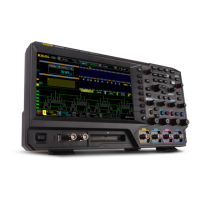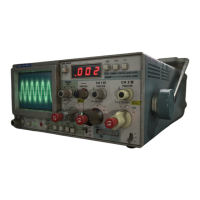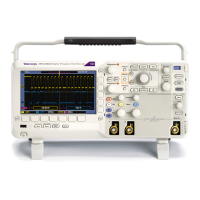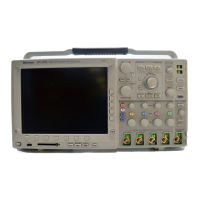Oscilloscope Reference Recognizing aliasing
What do you want to do next?
Learn about using spectral analyzer windows. (see page 771)
Recogni
zing aliasing
Aliasin
g occurs when the input frequency of a signal is greater than one half of the s ampling frequency
(the sample rate).
Set the
sample rate high enough so that the signals in the spectrum appear at their correct frequency as
opposed to a lower aliased frequency value. Also, complex signal shapes that have many harmonics in
them, such as a triangle or square wave, can appear to be OK in the time domain when in fact many of
the harmonics in that signal are aliased.
One way to check for aliasing is to increase the sample rate and observe whether any of the harmonics
unwrap to different frequency locations.
Another way to recognize aliasing is to realize that higher order harmonics u sually have decreasing
magnitudes compared to lower order harmonics. Thus, if you see a series of increasing harmonic
magnitude values as frequency increases then you can suspect that they may be aliased. In the spectral
math waveform, the actual higher frequency components are under sampled, and therefore they appear as
lo
wer frequency aliases that "fold back" around the Nyquist point. (See the next figure.) You may test by
increasing the sample rate and observing if aliases unwrap to different frequency positions.
780 DSA/DPO70000D, MSO/DPO/DSA70000C, DPO7000C, and MSO/DPO5000 Series

